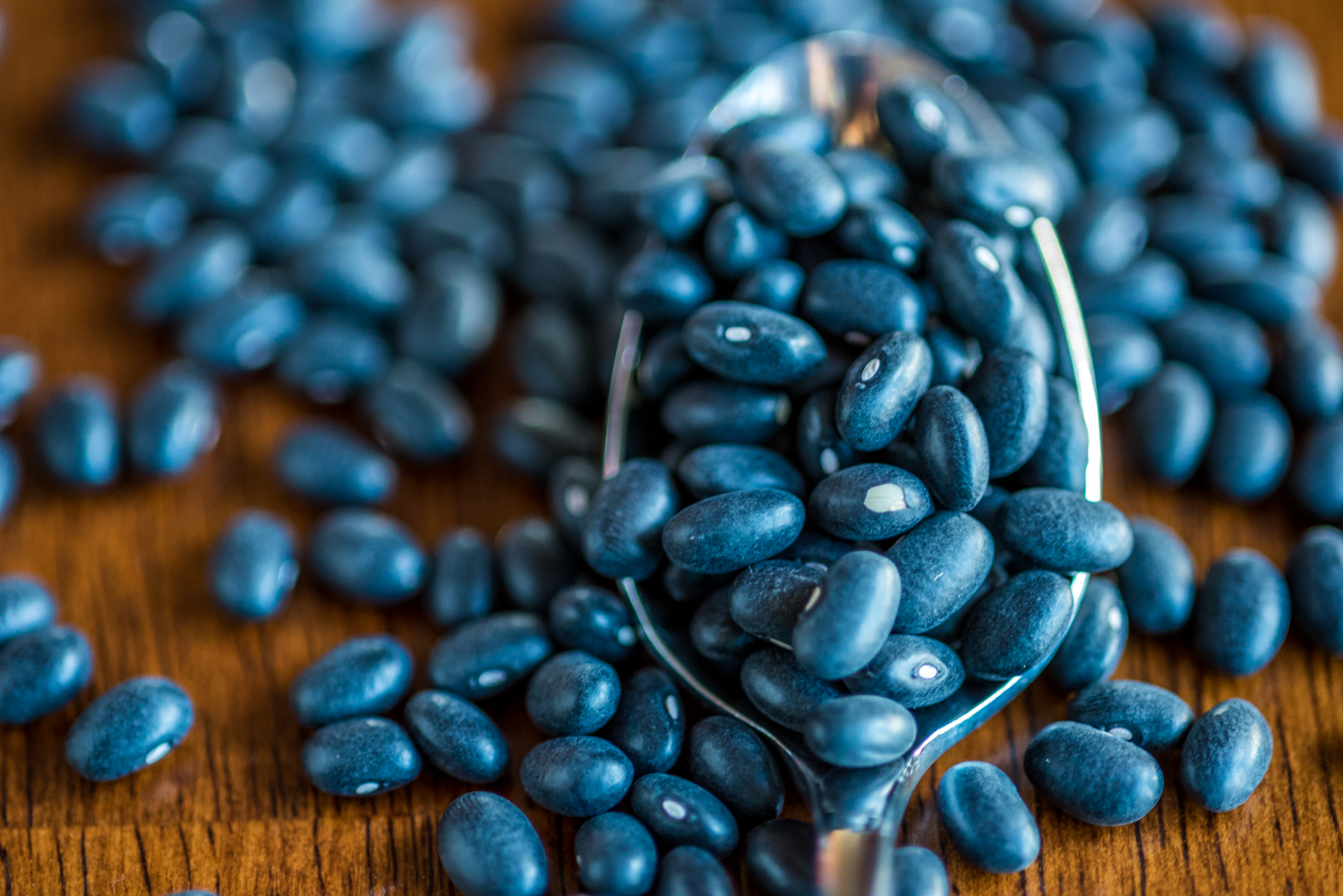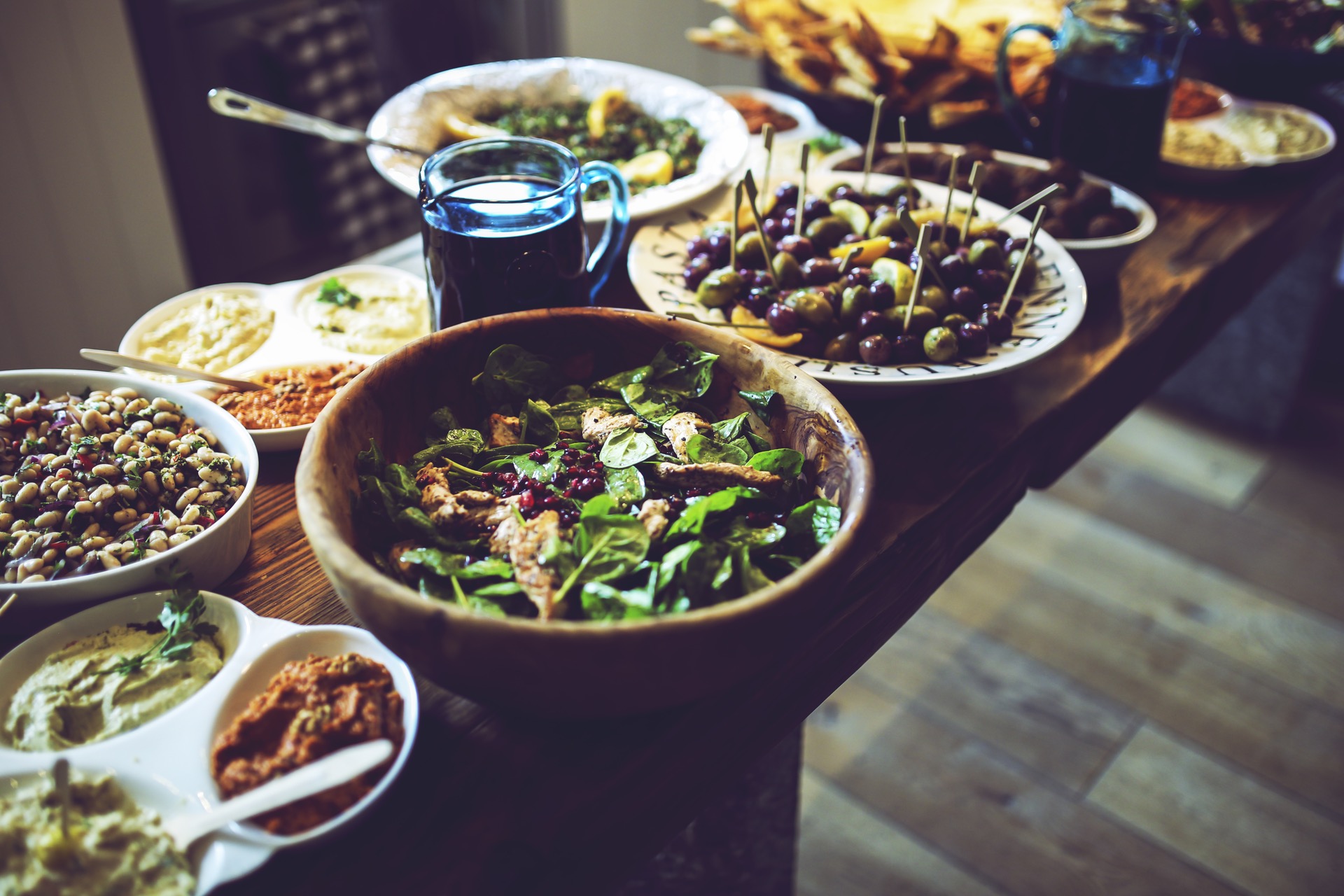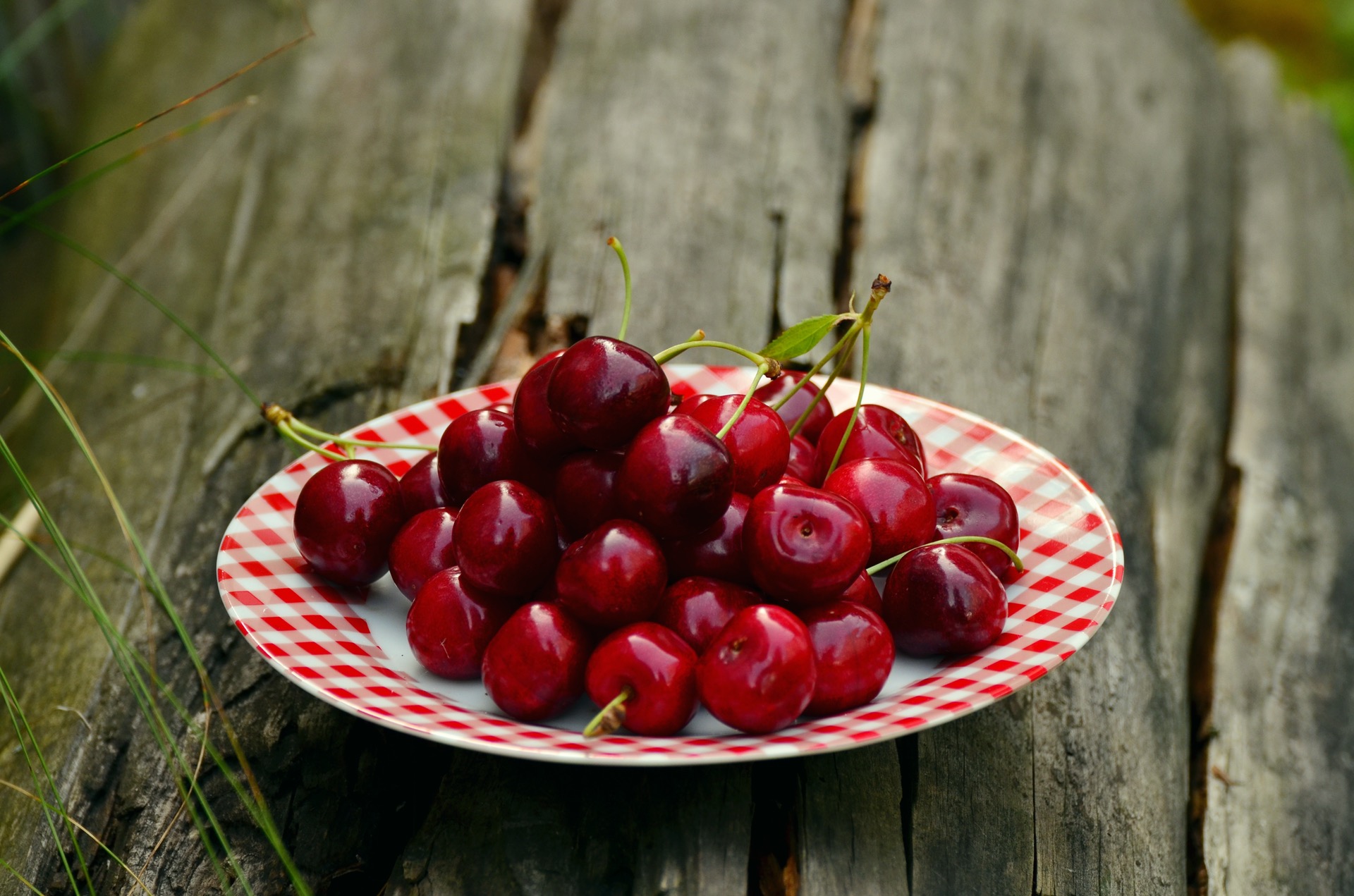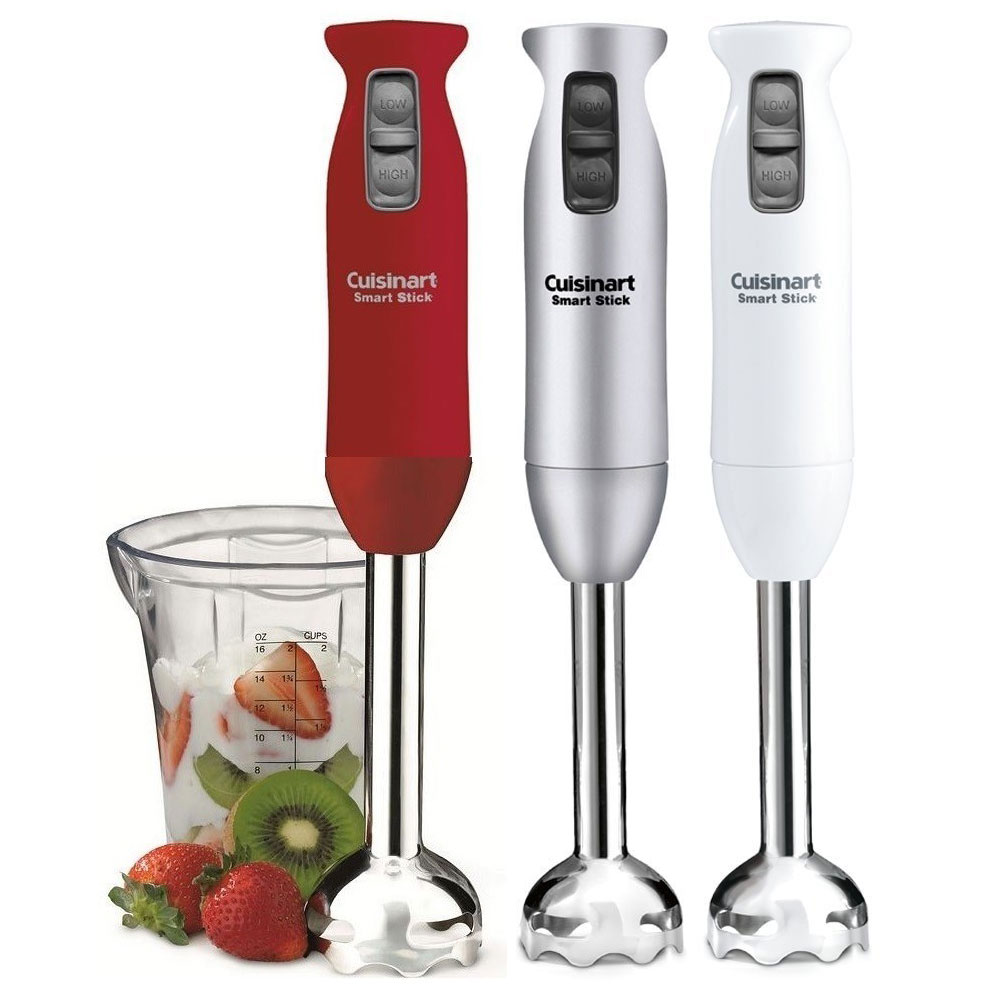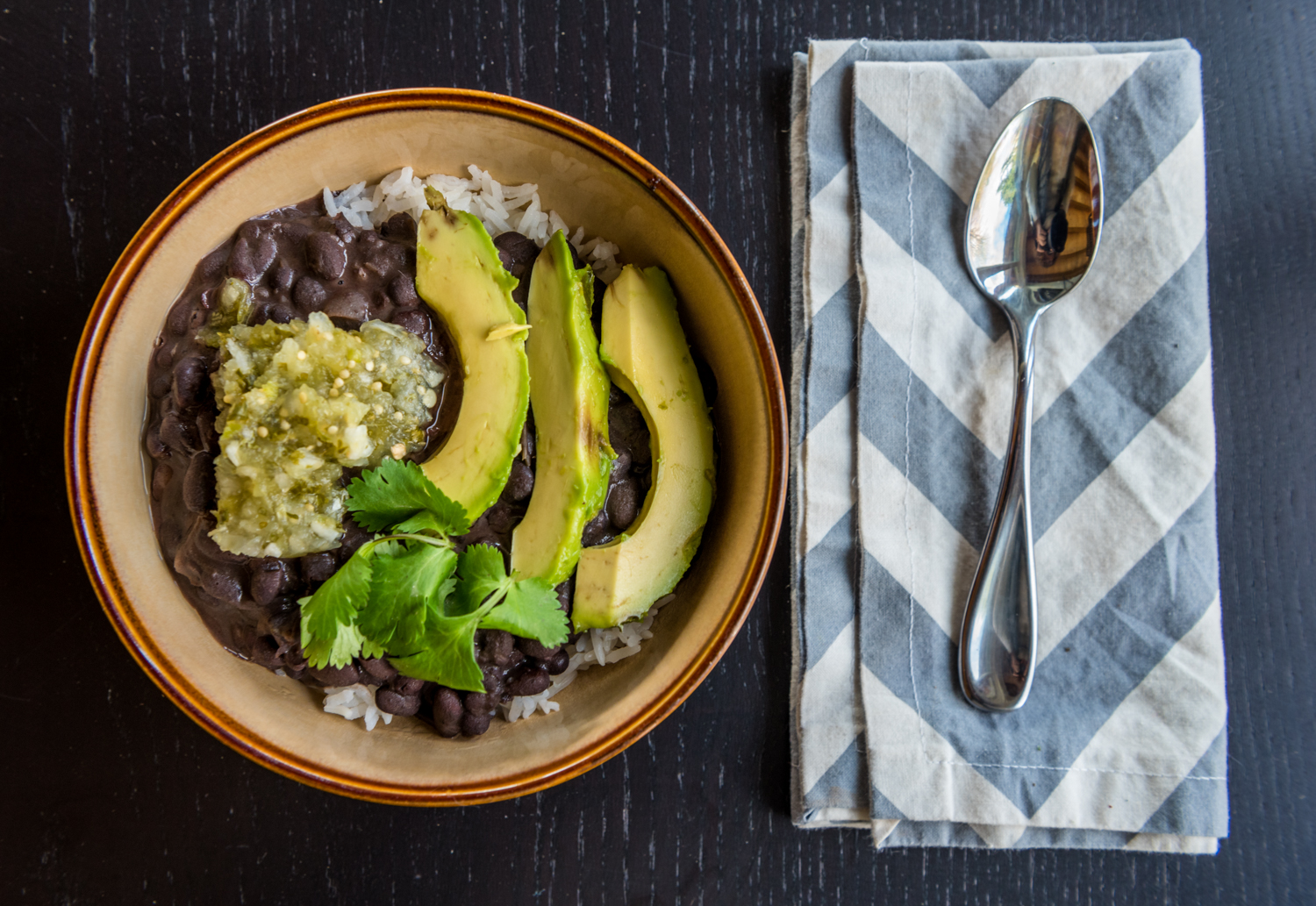Beans are one of the most underrated foods out there today. The poor little guys get a bad rap.
Everyone knows the childhood (and adult) song about the magical fruit.
But beans are nutritional powerhouses and should be a regular part of our diet. They’re easy to cook, cheap, available everywhere, and pack in protein as well as healthy complex carbohydrates.
They’re incredibly beneficial for our digestive tracts, cardiovascular systems, and they help regulate blood sugar and prevent cancer. Wow.
And this recipe is so low maintenance it will BLOW. YOUR. MIND.
Just like how awesome beans are. Come on, give them a chance, won’t you?
Ok, now that I’ve waxed poetic about BEANS (hazard of the profession, folks), let’s get into why this recipe totally rules.
#1 It’s ridiculously simple
Most of the recipe involves you doing nothing. And by most I mean about 90%. SCORE.
There’s a little chopping here and there, but really you’re just letting the beans soak, then cook, then cook a little more.
The only planning it takes is remembering to soak the beans!
This recipe uses dried beans rather than canned. To be honest, I only use dried beans now. There are 4 major benefits:
1) Dried beans are cheaper
2) They keep forever (arguably, cans keep for a long time, too, but dried will be good for years and years)
3) You get to eat FRESH food. Fresh is always better than canned!
4) You avoid any weird chemicals in the can itself.
Many canned products are still not BPA-free. BPA is used to line the cans to prevent degradation, but it’s a well known endocrine disruptor, which means it messes with your hormones.
Even BPA-free cans I’m unsure about because most BPA-free products simply substituted another type of bisphenol (the “BP” in BPA). So now it’s BPS instead of BPA. But, of course, it’s still an endocrine disruptor!! Ahh!!
So keep your food as chemical free as you can.
Beans are so easy to cook. Usually you just have to soak them then cook them in a pressure cooker for 15 minutes or so and you’re done. It’s worth the effort!
The great news about soaking the beans is that this process reduces indigestible sugars that cause gas and bloating. HOORAY. No more magical fruit!
Pro Tip: if you want to be even more sure those compounds are broken down, throw in some kombu when you start to cook the beans. Kombu is a type of seaweed that has enzymes that break down the starches associated with flatulence.
#2 4 ingredients (plus spices)
Onion, garlic, green bell pepper, black beans. That’s the core of this recipe.
It already sounds delicious, doesn’t it? The long, slow soaking and cooking really gives this recipe a fantastic depth of flavor. These beans aren’t bland by any stretch of the imagination.
The spices are simple, too. Nothing exotic. Cumin, salt, pepper, bay leaves, and DONE.
#3 It makes a TON so you save $$$
Have a big family or a significant other with a large appetite? No problem! This recipe routinely makes 16 - 20 cups of tasty beans. That’s about 2.25 - 3 large pyrex containers.
Sorry if that measurement doesn’t translate well for you. We store everything in pyrex, so this is how I measure quantities.
Beans are a super affordable way to feed people. You can find an organic, 10oz bag for $1.35 here. What??
This recipe calls for 2lbs, so that’s about 3 bags. You can feed yourself and significant other for a week for about $7, including the spices and veggies. CRAZY. All organic, by the way.
Who says organic food has to be spendy??
Remember, when you’re going to store the inevitable leftovers from this dish, you really want to wait for it to cool and put it in a glass container.
Hot food in plastic leaches all kinda of gross chemicals that are, again, endocrine disruptors, into your food.
It’s best to avoid plastic completely when cooking and storing food. I even adapted the way that I prepare this dish to avoid all plastic in cooking.
I really like pyrex, as I mentioned before. We make sure not to put the plastic lid on until the beans are totally cool and ready to go into the fridge. You can find a bunch of options at your local stores or online.
#4 It’s really versatile
Black beans go with just about anything. Chicken, fish, pork, shrimp, or eat them on their own!
I personally love eating these over a bit of rice and topped with salsa, avocado, and cilantro.
If you can handle dairy, sour cream is a great addition. If you can handle corn, mix the rice, beans, salsa, and avocado and eat it off tortilla chips.
What more spice? Great! Add some cayenne. Or even some paprika for smokiness.
Whatever you do, make it your own! This recipe is a blank canvas.
Go on, create your bean-y food art.
#5 It’s ridiculously forgiving
Ideally, you’ll be able to soak the beans overnight, so around 12 hours.
But if you forget, no big deal! I’ve soaked them for about 6 and they turn out beautifully.
What if you don’t have time to cook them for 2.5 hours as suggested? Totally fine! Just taste test a bean to make sure it isn’t chewy but isn’t mush. You want to be able to gently mash it with a fork. That’s when they’re done.
This recipe builds in a lot of time for the beans to really soak up the flavors of the vegetables, so if you’re short on time, it’s totally cool to cook them less, as long as the beans are tender.
I’ve had to do this a couple times and I don’t think the flavor has been short changed too much.
I love the low and slow traditional method of cooking because it makes things more digestible for us and doesn’t require a lot of effort. Again, just a little forethought.
In other words, this recipe is your new best friend. Adaptable, easy-going, and straightforward.
Let’s take a look at some of the awesome health benefits of black beans.
Digestive
Fiber and protein: Black beans are rich in protein and fiber, both very important nutrients in our diet. Just 1 cup has 15 grams of protein and 15 grams fiber.
For reference, the recommended amount of fiber per day is somewhere between 25-30 grams. The average American eats 14 grams per day. Yikes.
Many healthy, indigenous diets have upwards of 60 grams of fiber per day.
There are 2 types of fiber: soluble and insoluble. Soluble fiber is more bulking and gentle, while insoluble fiber moves things through more quickly in the intestines, but is generally harder on the digestive tract. I greatly prefer focusing on foods high in soluble fiber, like in black beans, rather than the harsh stuff, like psyllium husk.
Optimize digestion: With lots of protein and fiber, black beans help to steady the digestive process. They are absorbed at a moderate pace, rather than sugars that are absorbed quickly and fats that are absorbed slowly. In this way, they help to support optimal digestion and absorption by steadying the flow of digested food through the intestines.
Support colon health: Black beans are super great for your colon! Weird, I know, as we often think of them as potentially irritating.
However, the indigestible parts of the black beans (this is normal in many foods and is mainly fiber) is the perfect blend of fiber and nutrients to support the bacteria in the colon to make butyric acid.
Butyric acid is a short chain fatty acid that’s the favorite food of the cells in your colon. They gobble it up and keep the colon functioning properly.
In other words, it’s like Thanksgiving in your colon whenever you eat black beans. And who doesn’t want more Thanksgiving?*
*I fully understand this may not be everyone’s favorite food holiday, even though it’s mine. Feel free to substitute your own favorite here. You get the idea. But I still think it’s weird if you don’t like Thanksgiving.
Blood Sugar
Normalize blood sugar: Protein + fiber is the magic combination for stabilizing blood sugar. It steadies transit time through the intestines, as I mentioned above, and it also steadies the breakdown of simple sugars.
If sugars breakdown too quickly, you get a blood sugar spike and subsequent crash afterward. If sugars are too slow to breakdown or there isn’t enough, a blood sugar drop will result.
So, as you can see, black beans are the ultimate moderator. They are the Goldilocks of the stomach, small intestine, and large intestine. When that perfect balance is found, everyone can do their job better. Or….go to sleep…depending on how far you want to follow that ill-advised analogy.
Type 2 diabetes prevention: Well, of course black beans are awesome at preventing type 2 diabetes! They’re master blood sugar regulators!
Black beans inhibit a digestive enzyme called alpha-amylase that helps to break down sugar. Translation: black beans literally slow down the metabolism of sugar. Pretty cool!
Many research studies have shown a decreased risk for type 2 diabetes with a diet high in plant fiber, especially legumes, and we know that black beans have PLENTY of fiber!
Cardiovascular
Decreased risk of coronary heart disease and heart attack: The risk of developing both of these life-threatening conditions is mitigated by eating a diet high in soluble fiber. Oh, snap! Black beans to the rescue, among other legumes and veggies.
1 cup of black beans packs over 4g of soluble fiber, making it a soluble fiber superstar.
Lower cholesterol: Soluble fiber has also been shown to lower cholesterol levels. Nice.
You didn’t think I was going to talk so much about fiber when you started reading this post, did you? Fiber is one of those often overlooked or laughed at nutrients because of all the unflattering associations.
But truly, soluble fiber is a lifesaver. It will keep you healthier, happier, less inflamed, more blood sugar-regulated, and more regular.
Skip the Metamucil that’s probably irritating the crap (haha, sometimes I can’t help myself) out of your intestines and make this recipe instead!
Blood vessel support: Black beans are super-rich in phytonutrients, or antioxidants.
Wait a minute. Aren’t those antioxidant rich foods supposed to be brightly colored? Like cherries and oranges?
Antioxidant compounds come in all colors! Even white and black foods are rich in them.
The black seed coat of the beans have at least 3 known phytonutrients or antioxidants, and I’m sure there’s many more! We’re really at the very beginning of discovering all of these wonderful compounds.
These antioxidants are especially important in protecting the cardiovascular system. Blood vessels are exposed to tons of oxidative compounds from stress, poor food choices, and environmental chemicals, just to name a few.
More oxidative stress = more inflammation = more degeneration of tissues.
Black beans and many other whole foods fight this oxidation through their antioxidants like flavonoids and anthocyanins.
Cancer prevention
Mineral rich: Black beans are super high in molybdenum, which is a nutrient that’s crucial for sulfur processing and detoxification in the liver.
They’re also an excellent source of folate, one of the most important B vitamins for liver and cardiovascular support.
And black beans are packed with magnesium, which is crucial in over 300 enzymatic reactions throughout the body. I love talking about magnesium and you can read more here or watch a video.
Proper mineral balance helps to keep organ systems functioning optimally. Minerals often help in detoxification reactions that breakdown harmful and toxic metabolites.
Less harmful metabolic build up = less cancer risk.
Anti-inflammatory: We covered this a little bit when we talked about all of the antioxidants black beans have. We could easily revise our equation above to say: more oxidative stress = more inflammation = more cancer.
Many types of cancer have been linked to chronic inflammation.
Black beans have been linked to a lowered risk of breast cancer in women and isolated liver cancer and osteosarcoma cell lines.
We also know that black bean intake is linked to lower levels of colon cancer through not only their anti-inflammatory effects, but high soluble fiber and ability to increase butyric acid production.
Cooking Tips:
I would highly recommend using an immersion blender for this recipe.
Why? Because it allows you to avoid using plastic with hot liquids.
Part of this recipe involves pureeing the cooked down veggies and adding it back to the pot to thicken the beans.
You can use a food processor or blender for this ONLY if the veggies have cooled down!
Like I said, hot food + plastic = leaching gross chemicals into your food.
How gross?
Well, they’re the type that give you bad PMS and cramps and heavy periods if you’re a lady, and they decrease the quality and quantity of your sperm if you’re a dude. You don’t want to mess with them.
So, if you’re patient and want to let the veggies cool then blend, great!
If you are like me and kinda impatient, get an immersion blender!
They’re only about $35, last forever, and make blending and pureeing on the fly super easy! And there’s way less clean up than a food process or blender, so that’s awesome, too.
Ok, are you jazzed to make some beans, now?? Onward!
These cuban spiced beans are made with a sofrito to up the flavor.
Sofrito is a simple and tasty mix of onion, green bell pepper, garlic, salt, pepper, and cumin. There’s some debate as to how traditional green pepper is, but I like it in there!
If you’re sensitive to nightshades, feel free to leave out the pepper.
Easy and Delicious Cuban Black Beans
Adapted from Gregory's Authentic Black Bean Recipe
Equipment:
- 1 large pot
- saute pan
- cutting board
- knife
- immersion blender
- large mixing bowl
- measuring spoons
Prep Time: 10min
Soak Time: 12 hours
Cook Time: 2.5 - 4 hours
Total Time: 15 - 16 hours
Active Time: 20min
Ingredients:
For the beans:
- 2lb black beans, rinsed and picked through for rocks, etc.
- 1 large onion, peeled and quartered
- 4 garlic cloves, peeled
- 1 green bell pepper, quartered
- 1 tsp high mineral salt
- 1 tsp ground black pepper
- 1 tsp cumin
- 3 bay leaves
- 2 tbsp extra virgin olive oil
- water
For the sofrito:
- 1 large onion, diced
- 4 garlic cloves, minced
- 1 green bell pepper, diced
- 1/4c. extra virgin olive oil
- 1 tsp salt
- 1 tsp black pepper
- 1 tsp cumin
- 1 tsp apple cider vinegar
Instructions:
Beans:
Place rinsed beans, quartered onion and bell pepper, peeled garlic cloves, salt, pepper, cumin and 2 tbsp olive oil in a large pot.
Mix together to evenly coat the beans with oil and spices. Add the 3 bay leaves.
Add water to 1in above the bean line.
Allow to soak overnight, ideally around 12 hours. (Less or more is ok; I’ve done this on a 6 hour soak before)
After soaking*, check the water and add again to reach 1in above the beans. *note, your kitchen should smell amazing now.
Bring to a boil for about 5min, then reduce to a simmer, uncovered, for around 2.5 hours. Skim and stir occasionally. If you need to add more more, add warm water.
After 2.5 hours, discard the bay leaves.
Spoon out the onion, garlic, and green bell peppers into a large metal mixing bowl. It’s totally fine if you bring some liquid and beans with you.
Use the immersion blender to puree the veggies and beans. Alternatively, you could wait for the veggies to cool, then puree them in a blender or food processor.
Once pureed, add the veggie mix back to the pot and stir in.
Taste the beans for tenderness. Most should have cracked and should be tender, not mushy. You can also remove a couple and test them. They should smash easily with a fork but not completely fall apart.
Continue to cook on low heat while you prep the sofrito.
Sofrito:
Heat 1/4c. olive oil over medium high heat. This might seem like a lot of oil, but remember it’s really the only fat in this huge pile of beans! This is also why I add avocado to my beans!
When the oil is hot, add the minced garlic and saute for 30 seconds. You don’t want it to brown.
Add the diced onion and saute for 8-10min until it becomes translucent.
Add the diced green bell pepper and cook until tender.
Add salt, pepper, cumin, and apple cider vinegar and mix well until incorporated.
Add sofrito to the black beans. Cook for about 2min more to blend the flavors.
Taste test here; generally I add about 1/2 tsp more salt, but adjust it to your preferences.
Serve over rice with salsa, avocado, and cilantro.
I really hope that you enjoy this recipe. Especially because you’ll be eating it for AWHILE if you make it!
Hooray for flavorful, affordable, and easy food!

